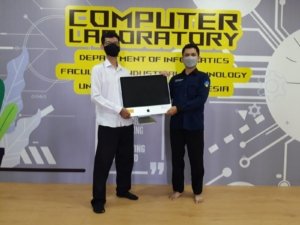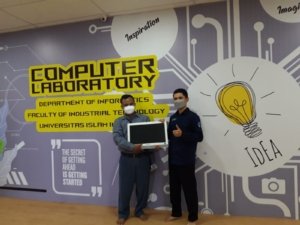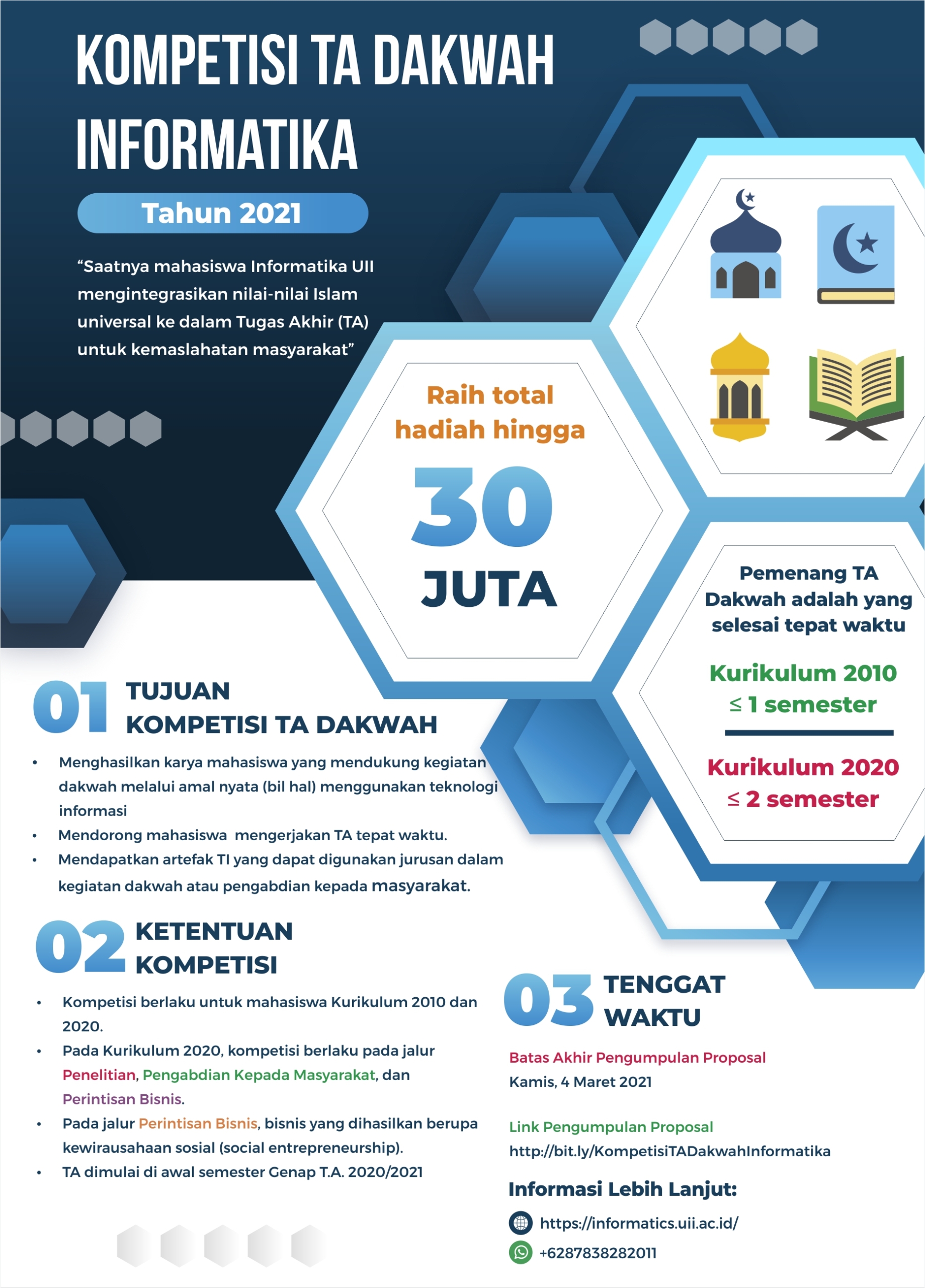Efforts to simplify healthcare services through technological development often encounter challenges. One example is the community service program led by the Department of Informatics Faculty of Industrial Technology (FTI) at Universitas Islam Indonesia (UII), introducing a maternal and child health Posyandu Information System (Sistem Informasi Posyandu — SIP).
A Blend of Success and Failure in SIP Implementation
The SIP initiative, spearheaded by Dr. Sri Kusumadewi, S.Si., M.T., and Rahadian Kurniawan, S.Kom., M.Kom., aimed to digitize maternal and child health records at Posyandu (Pos Pelayanan Terpadu)—a grassroots healthcare facility in Indonesia. Despite its potential, implementation results varied. While some locations embraced the system, others reverted to manual record-keeping, citing challenges such as accessibility and system usability.
Researching the Success Factors
Recognizing these challenges, Cicin Hardiyanti, a graduate student from the Master Program in Informatics at FTI UII, conducted a detailed study under the supervision of Dr. Kusumadewi and Rahadian Kurniawan. Her research, presented in her thesis, marks a significant step in medical informatics as a concentration of study.
“The goal of my research is to identify the factors influencing the success and failure of the SIP implementation using the HOT Fit model, which encompasses Human, Organization, Technology, and Fit dimensions,” said Cicin. She supplemented this with a qualitative approach using a fishbone diagram to map potential failure factors.

Cicin Hardiyanti presented her research





 Kali ini, kita bakal bahas pengalaman kegiatan penjaluran Pengabdian Masyarakat! Salah sat
Kali ini, kita bakal bahas pengalaman kegiatan penjaluran Pengabdian Masyarakat! Salah sat







